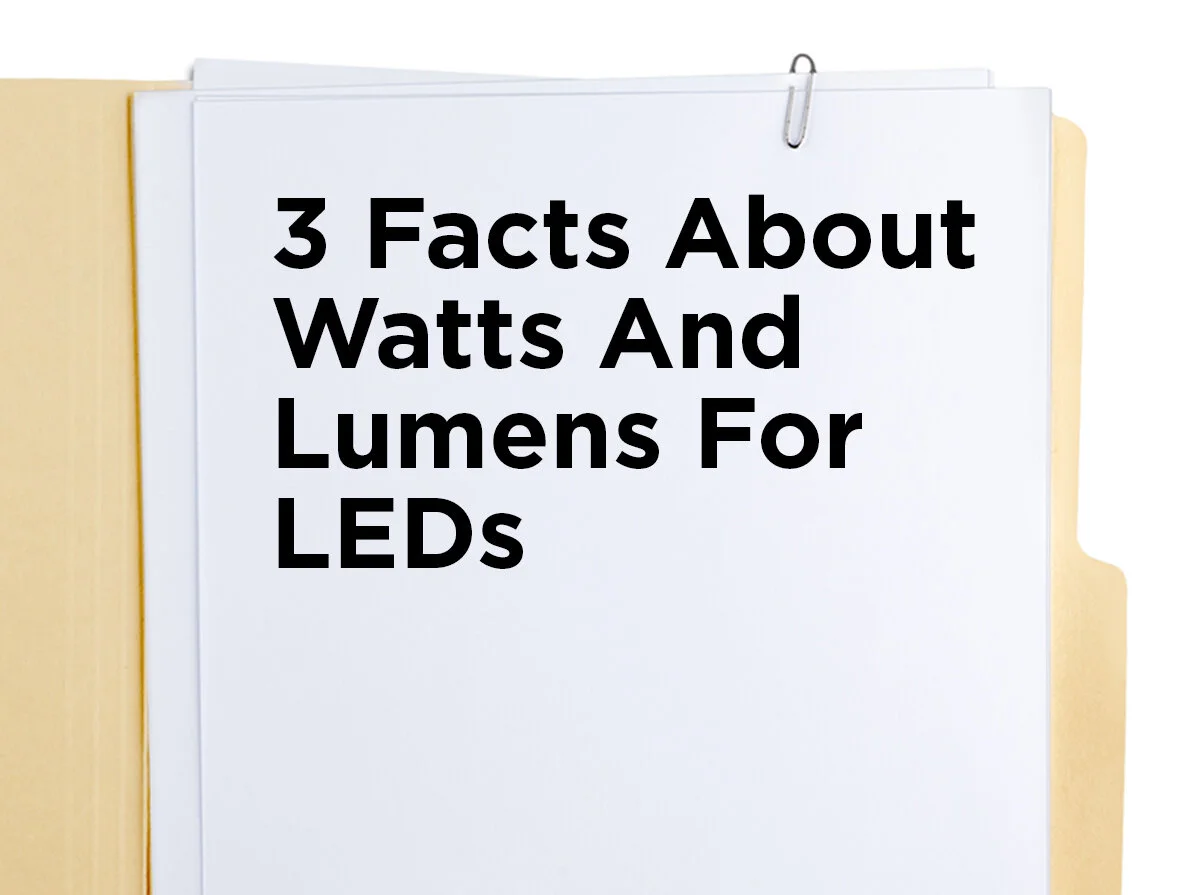CURiO: Curiously Interesting Facts
We’ve given advice, told stories, and answered many, many questions about lighting and electricity. In our research, we have come across a collection of curiously interesting facts about light bulbs and energy. So prepare to be entertained, intrigued, and perhaps learn a thing or two about the lighting you use every day.
1. The world’s longest-lasting light bulb, the Centennial Light at Fire Station 6 in Livermore, California, has reportedly been burning since 1901, with a few interruptions during power failures. (In fact, that bulb looks a little bit like these antique replicas…)
2. Visible light is just the part of the electromagnetic spectrum that our eyes can see. That’s what makes LED light so efficient: unlike incandescent bulbs, LEDs are designed to only emit visible light.
3. The brain operates on the same amount of power as a 10-watt to 15-watt light bulb, it varies depending on the size of your brain.
Niagara Falls lit with colored lights at night
4. The first light bulbs to shine on Niagara Falls were installed in 1879, using lights with illumination equivalent to 32,000 candles. Today there are 21 xenon spotlights, 4,000 watts each, at the Falls which are equivalent to about 8.2 billion candles.
5. According to the U.S. Energy Information Administration (EIA), lighting was estimated to account for about 11% of total U.S. electricity consumption in 2014. Cooling and heating costs made up approximately 43% of estimated U.S. residential electricity consumption. Notably, studies show that legal indoor cannabis production accounts for 1% of total electricity use in the U.S.
6. Only 10% of energy in an incandescent light bulb is used to create light. The other 90% of a light bulb’s energy creates heat. Compact fluorescent light bulbs (CFLs), on the other hand, use about 80% less electricity than conventional bulbs and last up to 12 times as long.
7. The amount of energy Americans use doubles every 20 years. (This is actually false. While electricity usage was rapidly increasing over time, the U.S. electric power consumption per capita peaked in 2005 and has slowly begun to fall since then due to the development of more energy-efficient appliances and lighting.)
8. "Always-on" or standby energy use by inactive appliances, electronics, and miscellaneous electrical devices cost up to $19 billion a year or about $165 per U.S. household on average.
9. Fireflies emit cold light through a chemical reaction with near-100-percent efficiency. Scientists are working to mimic nature’s design to make LEDs more efficient.
10. In the average home, 75% of the electricity used to power home electronics is consumed while the products are turned off. The average desktop computer idles at 80 watts, while the average laptop idles at 20 watts. A Sony PlayStation 3 (the “slim” version) uses about 200 watts and nearly as much when idling.
BONUS: According to Google, the energy it takes to conduct 100 searches on its site is equivalent to a 60-watt light bulb burning for 28 minutes. However with Google's new energy practices, in place since 2007, Google emits about 8 grams of CO2 per day to serve an active Google user—someone who does 25 searches and watches 60 minutes of YouTube a day, has a Gmail account, etc. In other words, serving a Google user for a month is like driving a car one mile.
Did you learn something new? One thing is certain, lighting has come a long way from the humble candle and LEDs continue to exceed expectations. If you have cool lighting and energy facts to share, questions about LED efficiency, or know of a way to generate more energy for the body so we all can become super-geniuses, please leave possible super potions (not including uranium) in the comments below. For more interesting factoids, articles, and projects involving lights, check out our Facebook, Twitter, LinkedIn, or Pinterest. The staff of 1000Bulbs.com would like to remind you that “energy cannot be created or destroyed, it can only be transformed.” However, there are a vast and various number of ways to break a light bulb, so consider calling us before you do.
Sources
Centennial Bulb.org
California Energy Commission (CEC), Consumer Energy Center
Deseret News, Carolyn Thompson, Lighting Niagara Falls
Discover magazine, You’re a Dim Bulb
Eaton, The Plug, 14 Fascinating Facts About Electricity and the History of Power
EIA, History of Energy Consumption in the United States, 1775-2009
Energy Star, Save Energy At Home, Electronics
Google, The Big Picture FAQs
The Guardian, Pot is power hungry
The Optical Society, Scientists Mimic Fireflies to Make Brighter LEDs
Perimeter Institute, Slice of Pi
Natural Resources Defense Council, Home Idle Load
Niagara Falls Info.com
Wikipedia, PlayStation 3 technical specifications
The World Bank, World Development Indicators








